What Do You Deem as Sacred? DILARA FıNDıKOğLU
|Claire Koron Elat
Do you really trust the “sacred”?
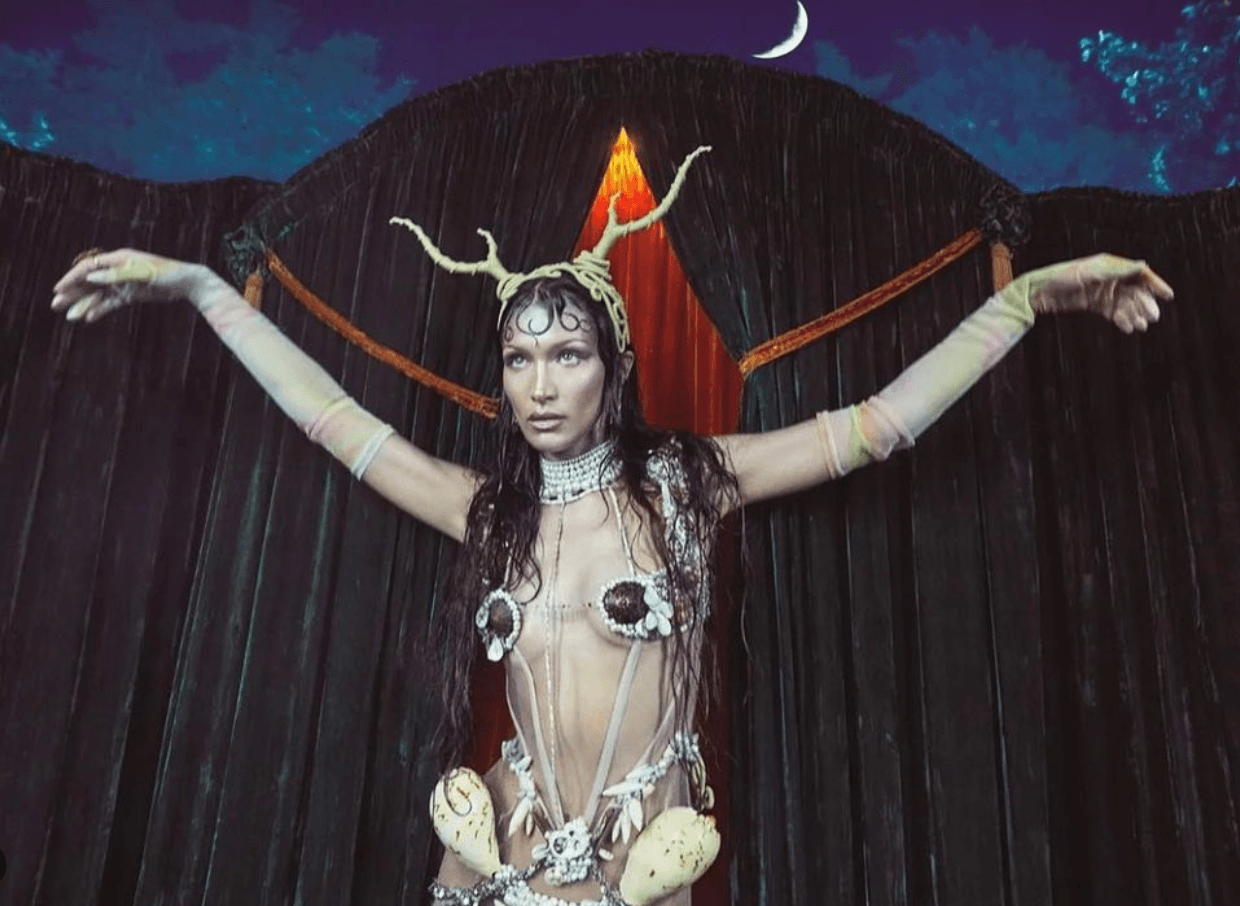
“Gods and humans, ritual and everyday life, hierophany and normal consciousness, inspiration and hard work—these are the ways we usually understand the sacred and the secular,” writes Carol Burnside in “The Left Hand of the Sacred.” But what if we don’t only call the secular sacred but also that which is “unholy”?
For London-based and Istanbul-born designer Dilara Fındıkoğlu, churches and strip clubs are both holy sites. In her collections, she often merges ostensible antitheses—a commentary on religion takes place in a strip club or political activism materializes through BDSM visual codes. Her garments are a form of disruption—corsets bedecked with knives, feathered bras, and hairy braids as tops. Claire Koron Elat talked to the designer about the male gaze, Marie Antoinette, and corsets.
CLAIRE KORON ELAT: Your brand and collections are forms of political activism. For example, you begin the F/W-23 show notes with a reflection on the earthquakes in Turkey and Syria. Why do you think fashion is the appropriate realm to communicate political activism and beliefs when there is often the critique, and especially now, that you have to be politically neutral to have commercial success?
DILARA FıNDıKOğLU: I think designers should be allowed to talk about whatever they want because for me it’s an artistic process to design clothes. So, we should have the freedom to express any ideas we might have through our work.
I choose to raise my voice on issues that I think are important to be heard. It is a natural process for me to incorporate what’s happening around us into my work because of my Turkish background but I also think my work is timeless and I would like it to stand above what the current system gives us.
In the future, I really would love to focus on giving the space for new consciousness.
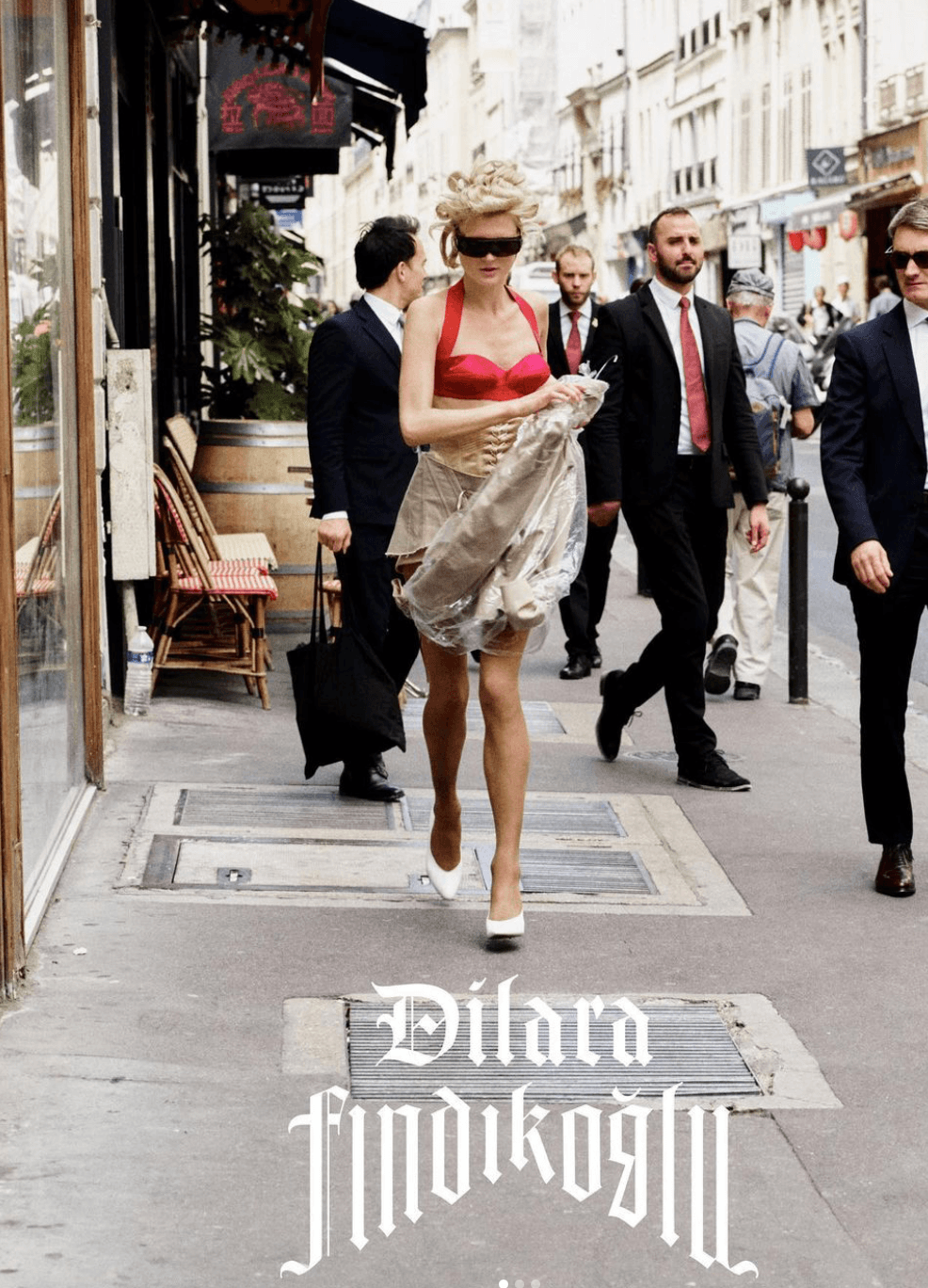
CKE: You didn’t participate in LFW this year. While some young brands and established positions intentionally evade the seasonal calendar, you said that this decision was made due to financial struggles.
DF : I love to do fashion shows. It’s an opportunity for me to invite guests into my mind. And if I can’t give people that feeling in the best way possible, then it doesn’t make sense to make a collection. Yes, it is about the clothes, but it is also about the experience and the storytelling for me. Last season, I chose to use my budget on the business rather than the show. As an independent designer, you always have to make hard choices, but they also make you stronger and you learn a lot. I was also so proud to be very open with my journey, it was the biggest compliment when I heard from fellow designers that my vulnerability gave them strength.
I am really happy to be returning to the catwalk for the AW24 season, it’s going to be epic.
CKE: And then there is also Pre-Spring, Pre-Fall, and Resort collections.
DF: As much as it is fun for an independent designer, it is a lot of work and energy for a small team to create 2 collections a year let alone 4. At the moment, I am working on scaling my business and team to be able to add more products, especially more ready-to-wear.
For now, I want to focus on adding different product categories and collaborations to the Dilara world than adding more collections. I am super excited for all the collars I have coming up in 2024!
CKE: Another thing that you often see is that the first collections of a designer or brand tend to be far more experimental and artistic. While the collections that come after are more oriented towards a commercial market. Does that apply to you, too?
DF: I will always keep my artistic freedom within my work, that’s why I do what I do.
I am trying to make some of it more commercial. I would like to add more ready-to-wear pieces to become the brand I want to be. This doesn’t mean I want to be commercial all of a sudden. It is because I want to see my clothes on people on the street—and on myself when I’m going to work or going to the corner shop. I want to be able to sell everything from the plainest white t-shirt with an amazing Dilara fit to the most elaborate, crazy couture dress. I want to be able to have this variety of products within my brand. That’s how I see my brand evolving.
CKE: Pricewise, the couture pieces are not made for an everyday customer. How do you imagine your customer? What kind of occasion are they wearing your dresses to?
DF: I don’t really think like that. I think it is very limiting to think in that way. I don’t think about a certain customer because I want everyone. I want every woman to be able to buy something from me and dream in my garments. The price point is high, but as the brand gets bigger, we’re able to add more at reachable, viable, lower price points. That happens with time, it doesn’t happen in a day.
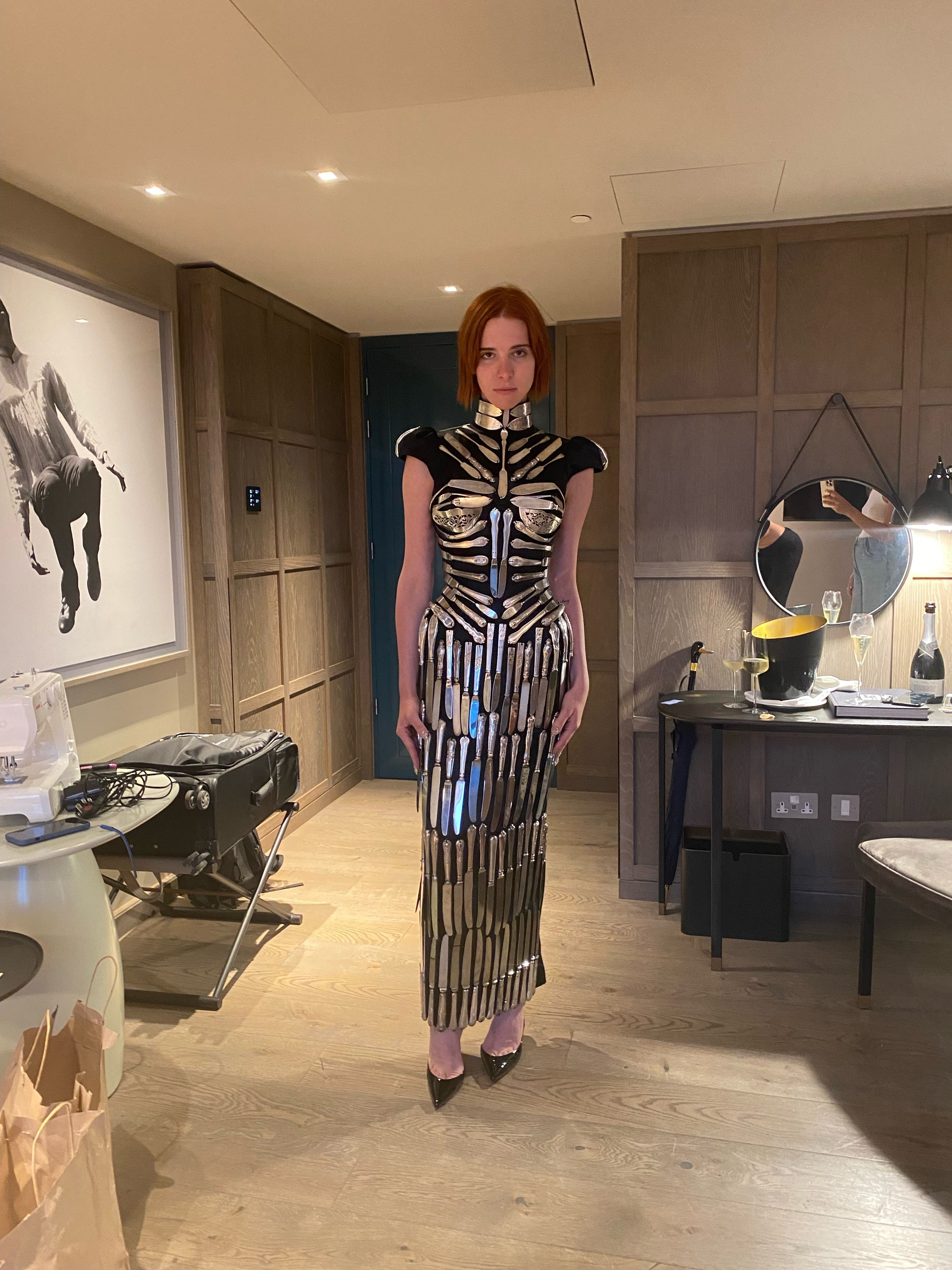
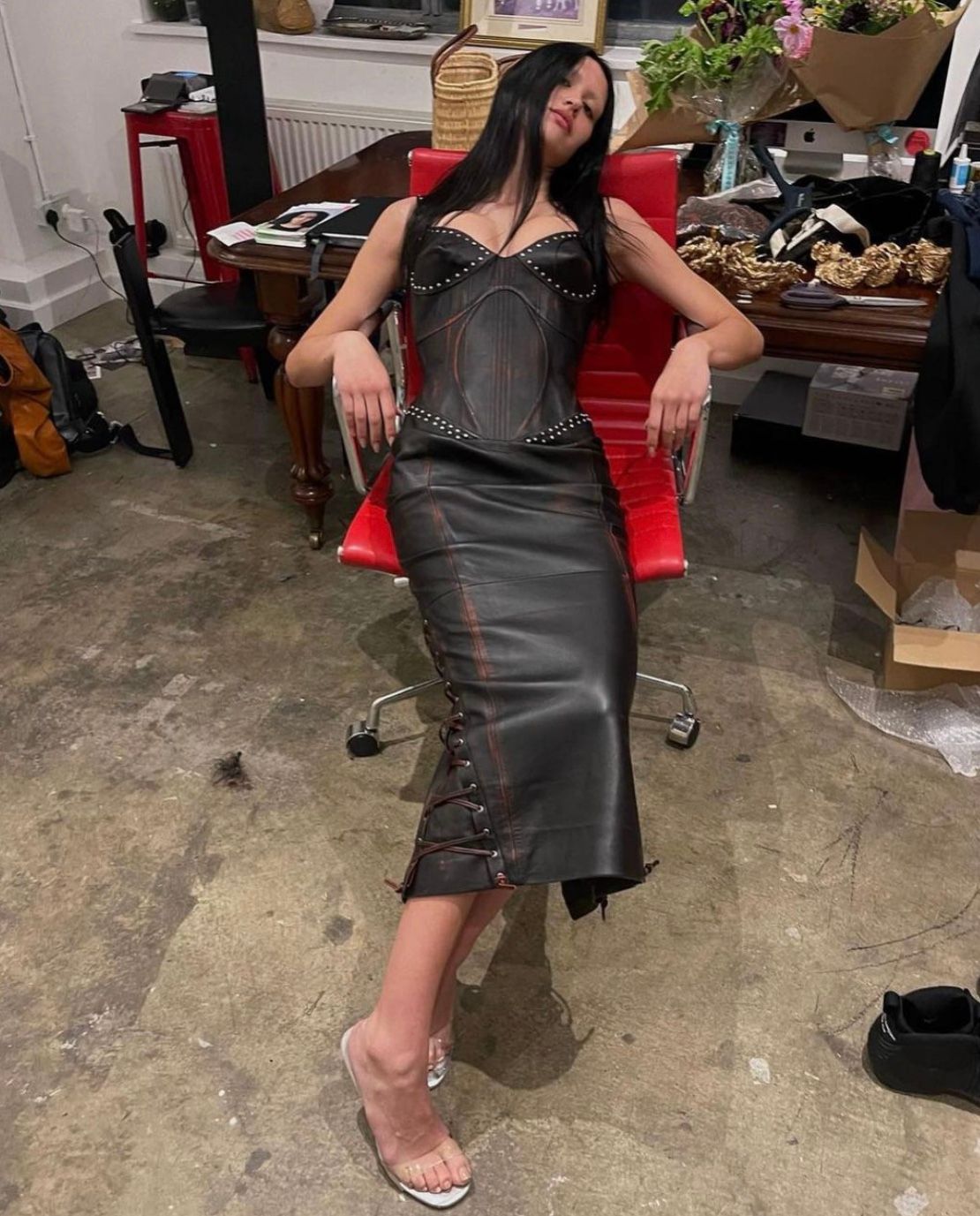
CKE: You also openly advocate for women’s rights and critique the male and Western gaze. How do you feel this critique materializes in single pieces? For example, you once said that you hate modesty, and a lot of your garments show a lot of skin or are very accentuated, almost like lingerie.
DF: At the moment, I am exploring the female form as much as I can. I like the curves, I like the waist, boobs, bum, everything. But it doesn’t mean that I’m going to be constantly designing in the same way. We’re evolving, as the world is evolving, too.
I hate modesty because I was controlled as a child. I constantly wanted to explore how I can express myself with what I wore, and I wasn’t able to do it at the time.
Hate is a strong word. I dislike modesty. But it doesn’t mean that I don’t respect people who prefer to be more modest about themselves. Personally, I take my layers off to feel comfortable or free, but some people might feel free when they are covered.
I like to show a lot of skin and sometimes I want to wear nothing. Layers off, for me, is like I’m taking off the ideas that were put into my head when I was a kid, “You have to cover your skin, cover your hair.” It’s kind of a silent protest to do the opposite of the rules that some men created for women. I don’t like women to be put in boxes or be limited. I want to be able to do whatever I want and be completely free in my own way.
CKE: Is this a form of critique of the culture you grew up in or more like a form of processing?
DF: Questioning the restraints put on us by men is definitely a critique. If I subconsciously choose to dress in a certain way, then it’s a way of responding to the ideas that I don’t agree with.
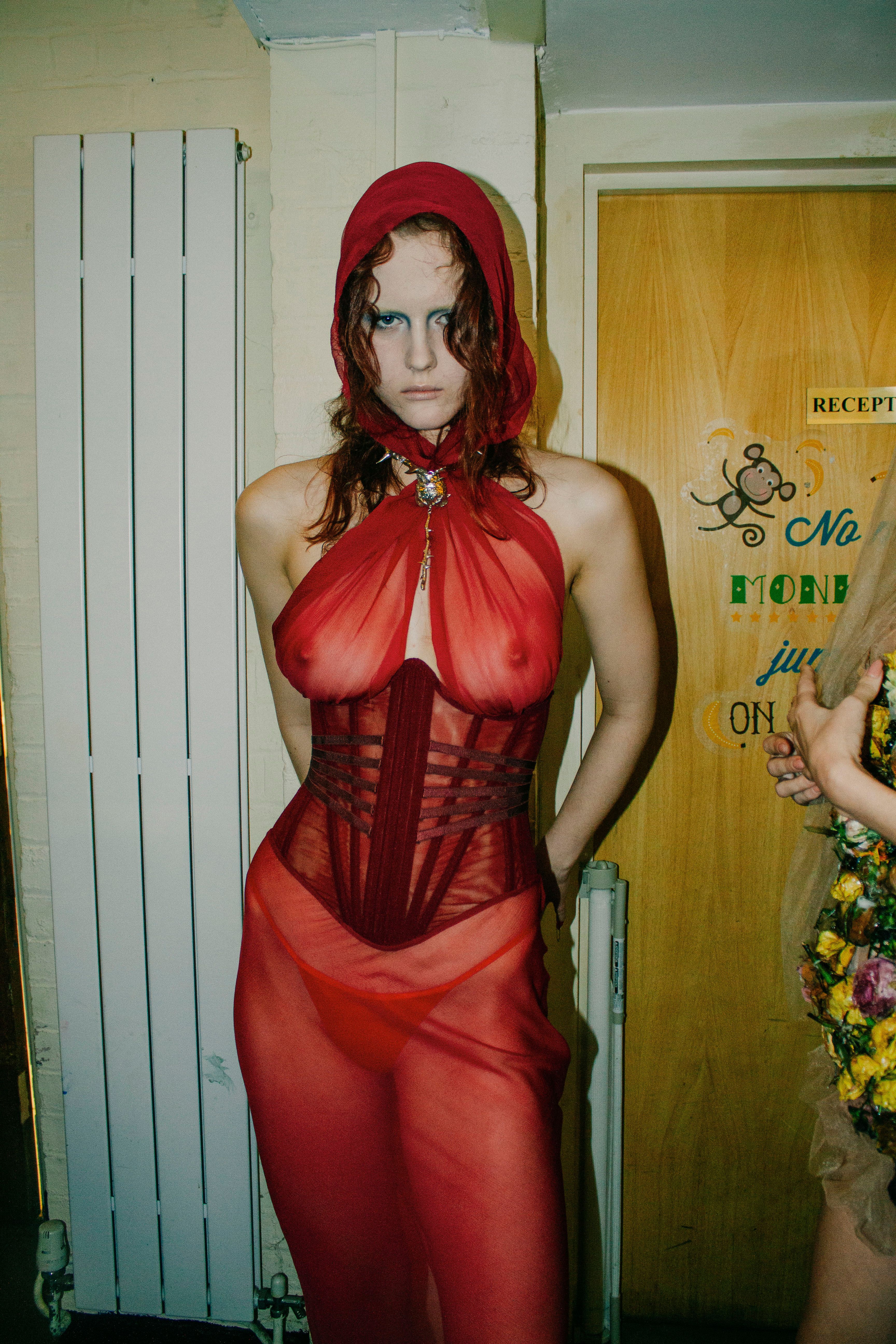
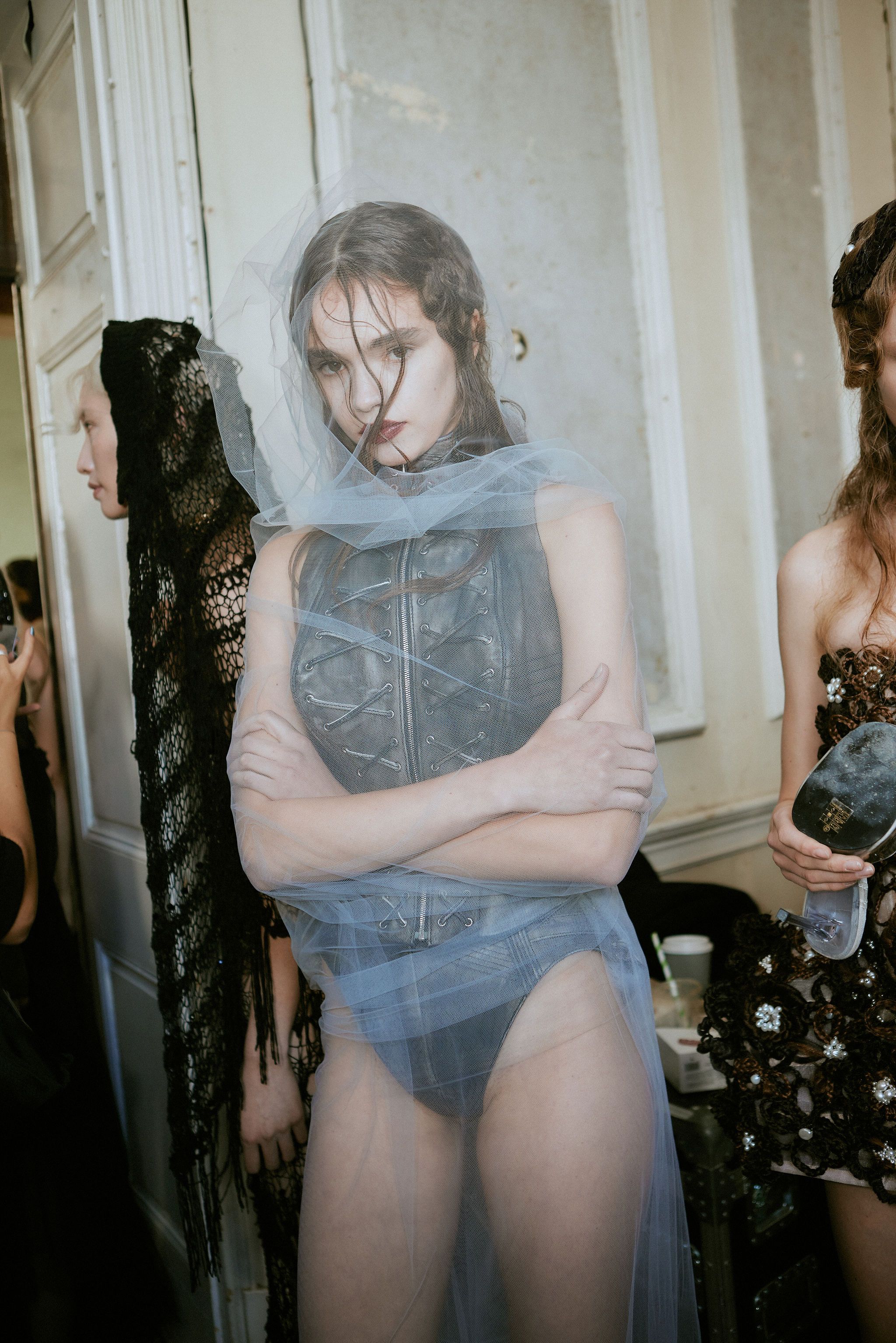
CKE: What about the specific references you’re using? You work a lot with red and certain shapes are reminiscent of BDSM and fetish cultures.
DF: I love the color red because, when I was graduating, I had the sense that red was my personality. It has so many tones, and it is so difficult to get the right one. And it can mean so many things. It can mean love, passion, fearlessness. It is so bold, so out there. If you’re wearing red, it’s difficult to hide. I just want it to be heard and seen. It’s not a mid-tone. It’s red. It’s not black, and it is not white. It’s also the color of blood—it’s quite crazy. When it’s diluted it becomes pink and cute.
I’m drawn to all things sexual and sensual. It could bebelly dancers, BDSM culture, pin-up—anything. It represents freedom for me and being sexually free. Also, a lot of problems in the world—problems from patriarchy—are from being sexually controlled. If we could all have sex freely, we would feel lighter about ourselves.
I love corsetry. Obviously, corsetry is a controversial concept in a way because corsets restricted and damaged women in a lot of ways. It wasn’t a comfortable garment to wear every day. I was watching this series The Gilded Age the other dayand I felt so suffocated because they were wearing corsets in every scene. I love the idea of them, but I like to choose when I want to wear it.
Wrong ideologies can inspire artists, we don’t also have to be politically right all the time.
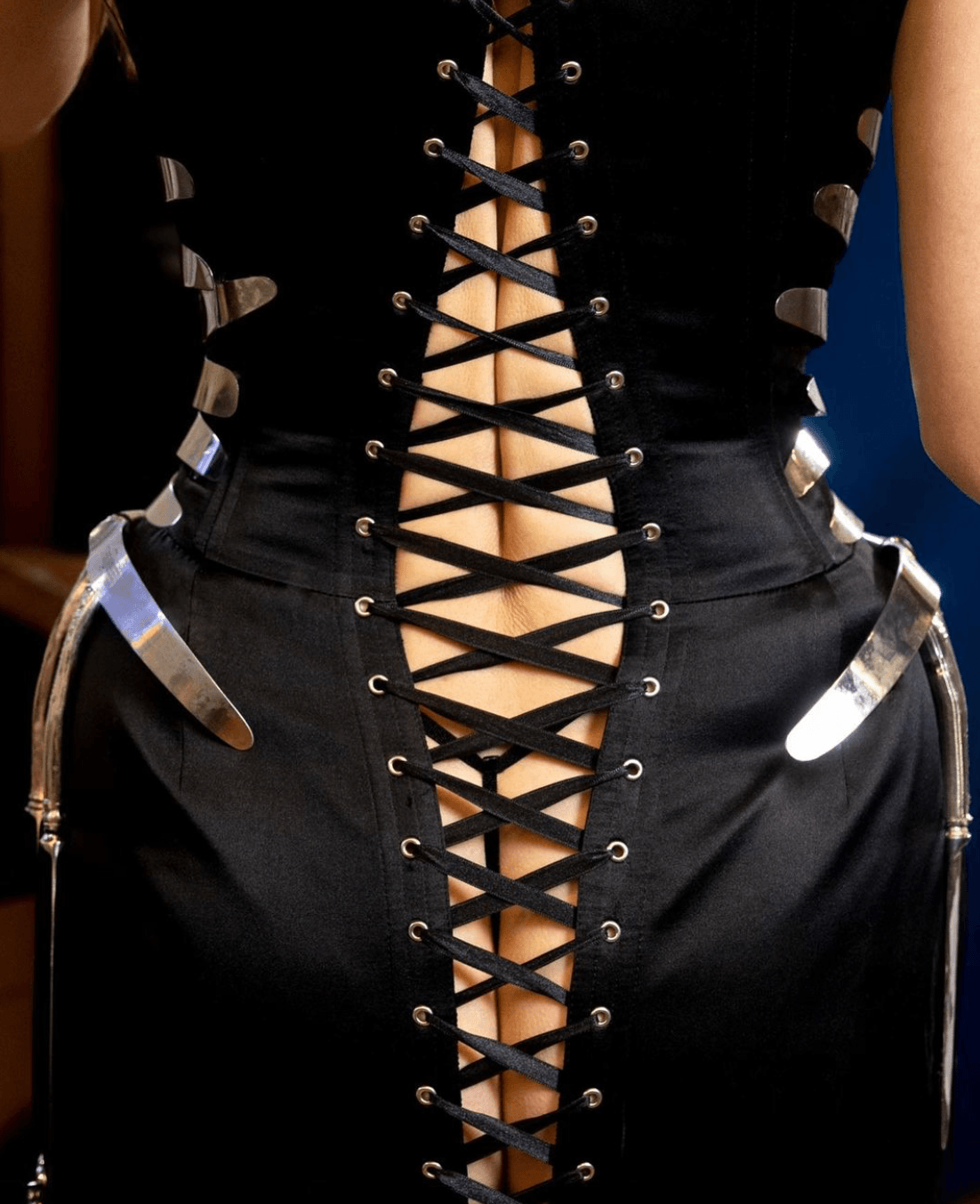
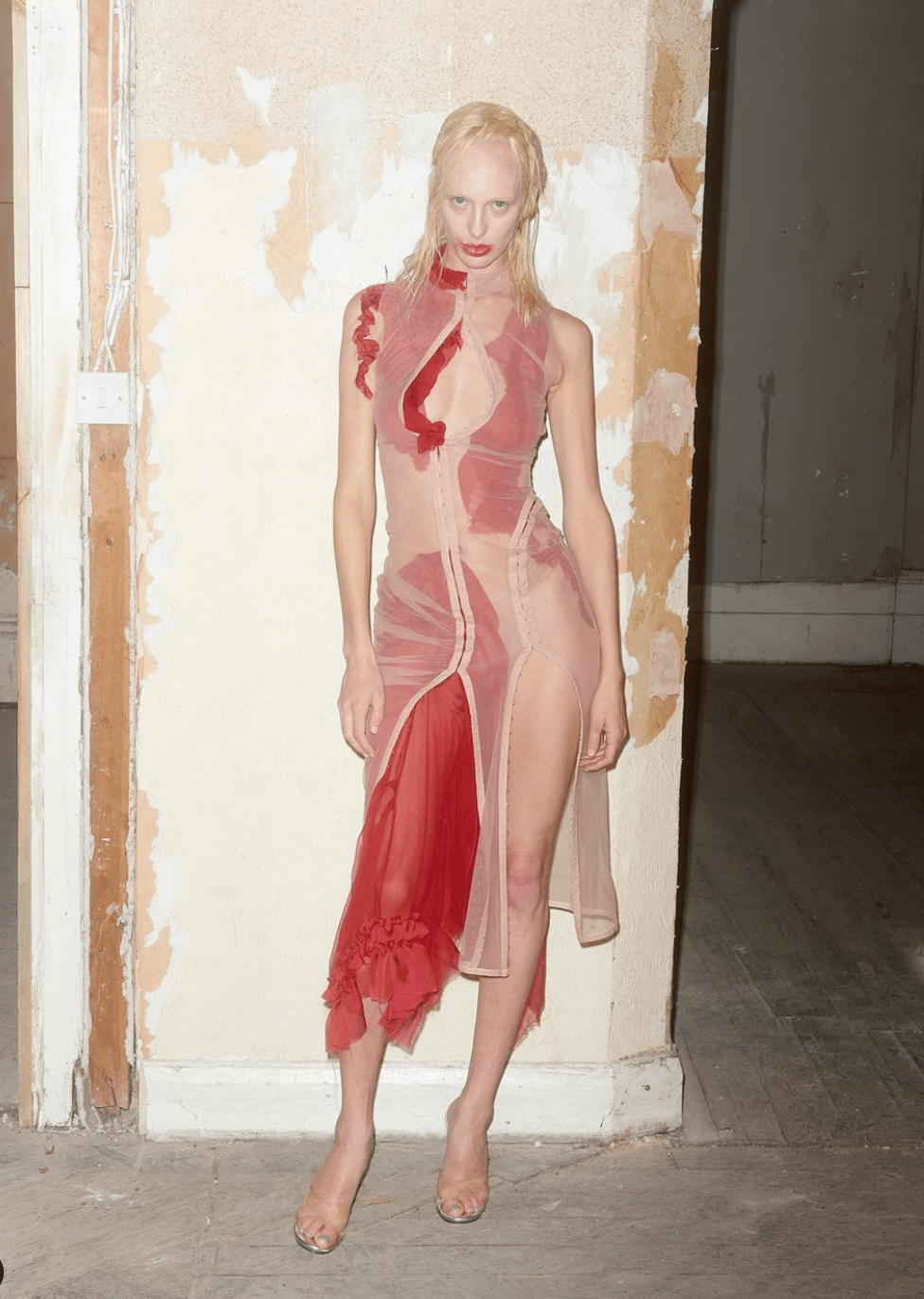
CKE: You once did a show in a strip club, and then another in a church. How does this paradox work for you?
DF: Because both places are sacred in the Dilara World.
CKE: Are you religious?
DF: No, I’m not religious at all. I’m spiritual. I like to read about things that we can’t see. Feelings or concepts, anything otherworldly. But I don’t believe in or follow anything with rules.
CKE: Within the context of feminism and gender equality in the fashion industry, it was rumored that you were supposed to take over Alexander McQueen until they appointed another white man—which marks that six Kering-owned brands are being run by white male designers.
DF: Honestly, this kind of stuff gives me more drive than disappointment. We definitely need more female leaders in the world, whether its fashion, science, or politics. I do really believe things will change. We’ll change it.
CKE: You also recently hosted the Dilara Dark Versailles Ball. What was the idea behind this, especially given that you want your brand to be a lifestyle, transcending mere clothing production?
DF: I’m obsessed with Marie Antoinette, and I always dream about partying with her wearing massive silk dresses under candlelit chandeliers, but curated by me, of course.
Dilara Dark Versailles Ball was a great opportunity for me to live in the fantasy world that I am trying to create within my brand. Yes, real life can be boring, but I want to make it as fun as possible. The Ball was a place where you could be anything you wanted to be within the limits of the Ball’s concept and be transported to somewhere magical. It felt like a movie scene but also exactly how I want to live every day.
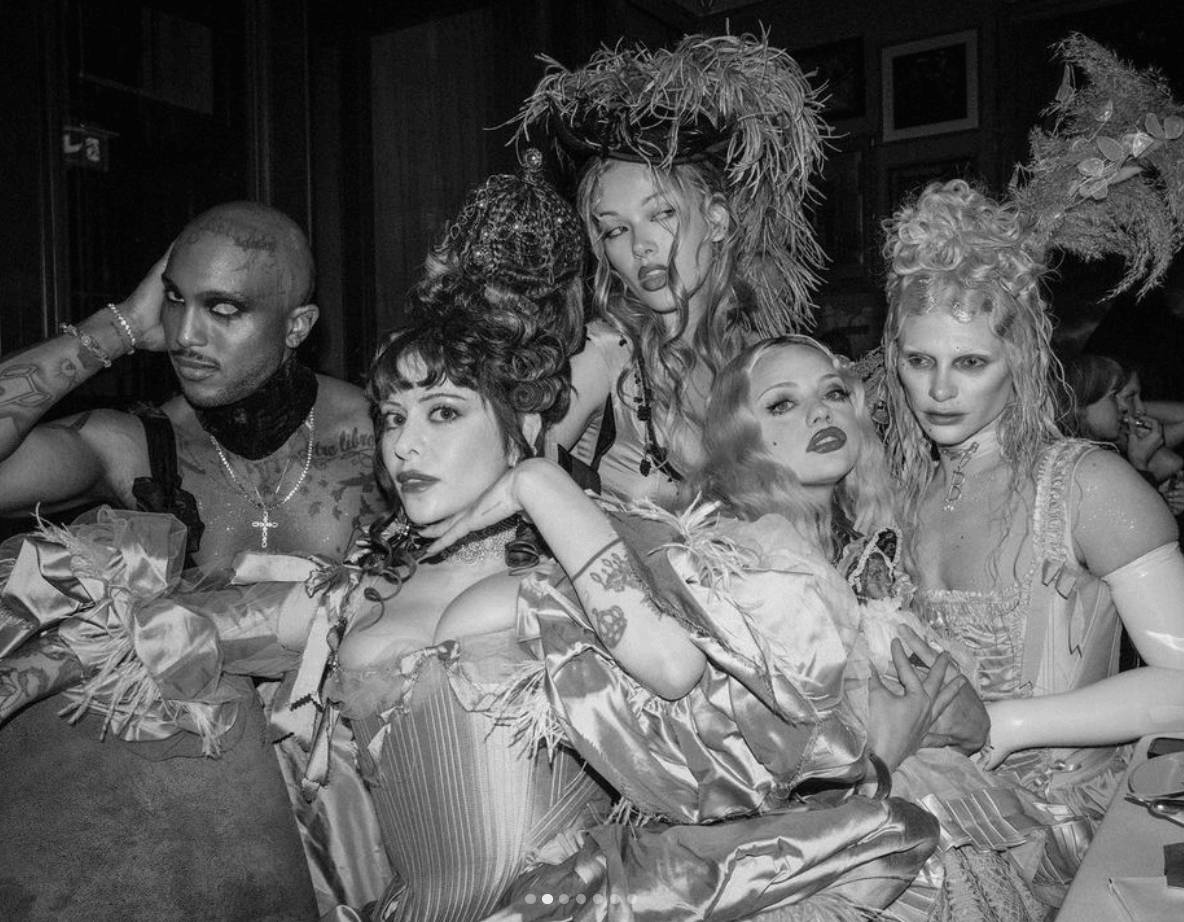
Credits
- Text: Claire Koron Elat
Related Content
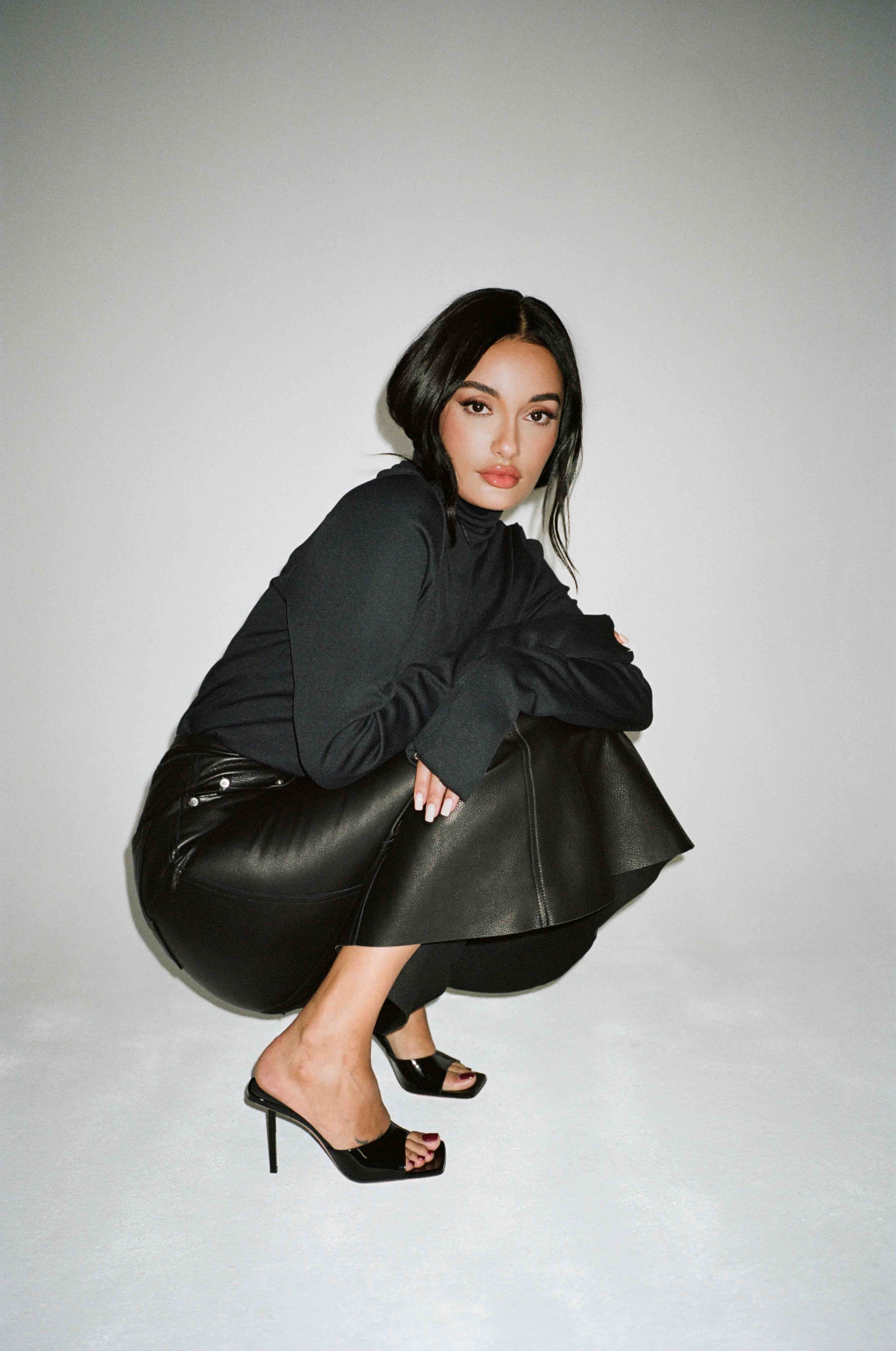
Brenda’s Business with AMINA MUADDI
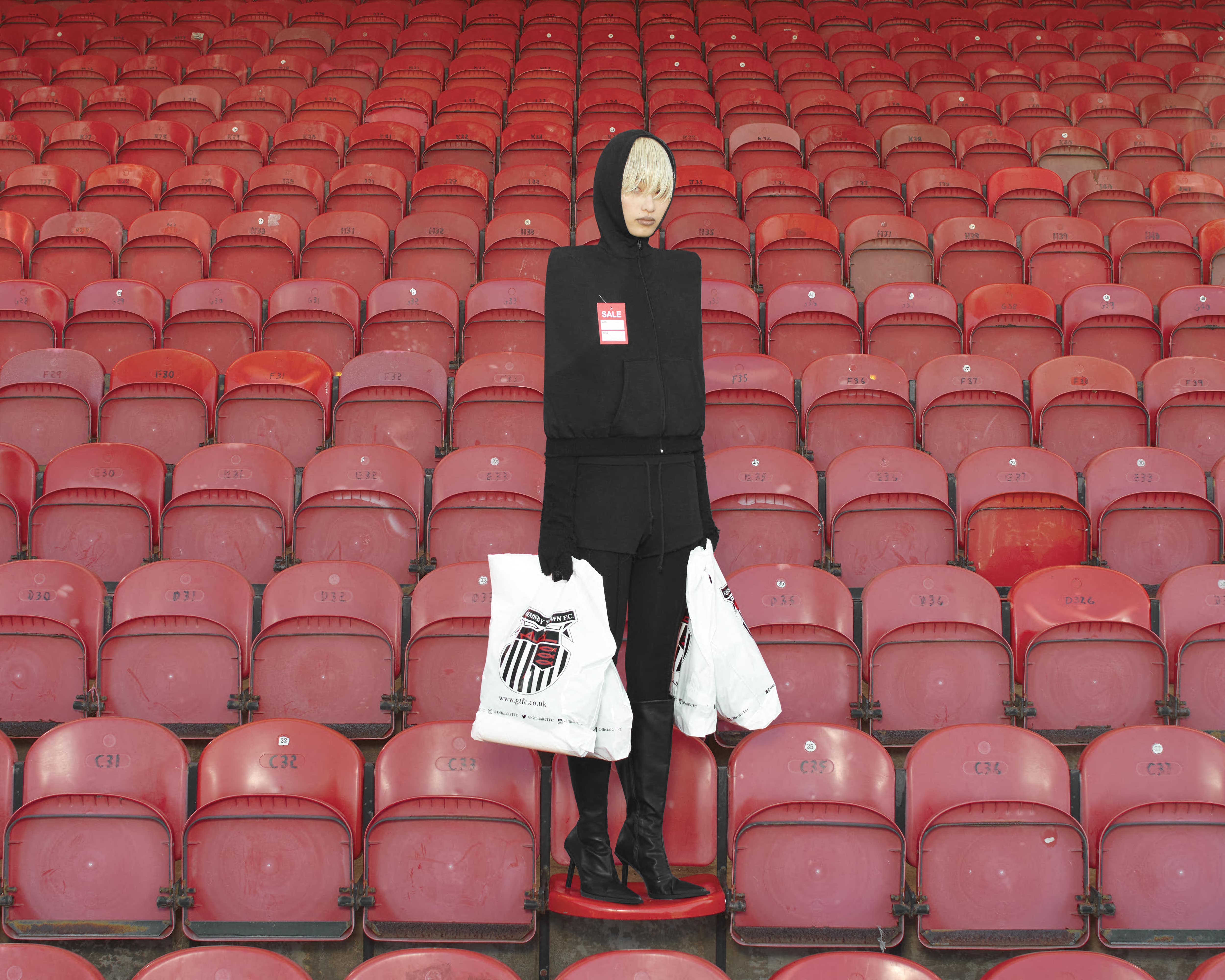
“Stay Commercial”: BETSY JOHNSON’s PRODUCTS
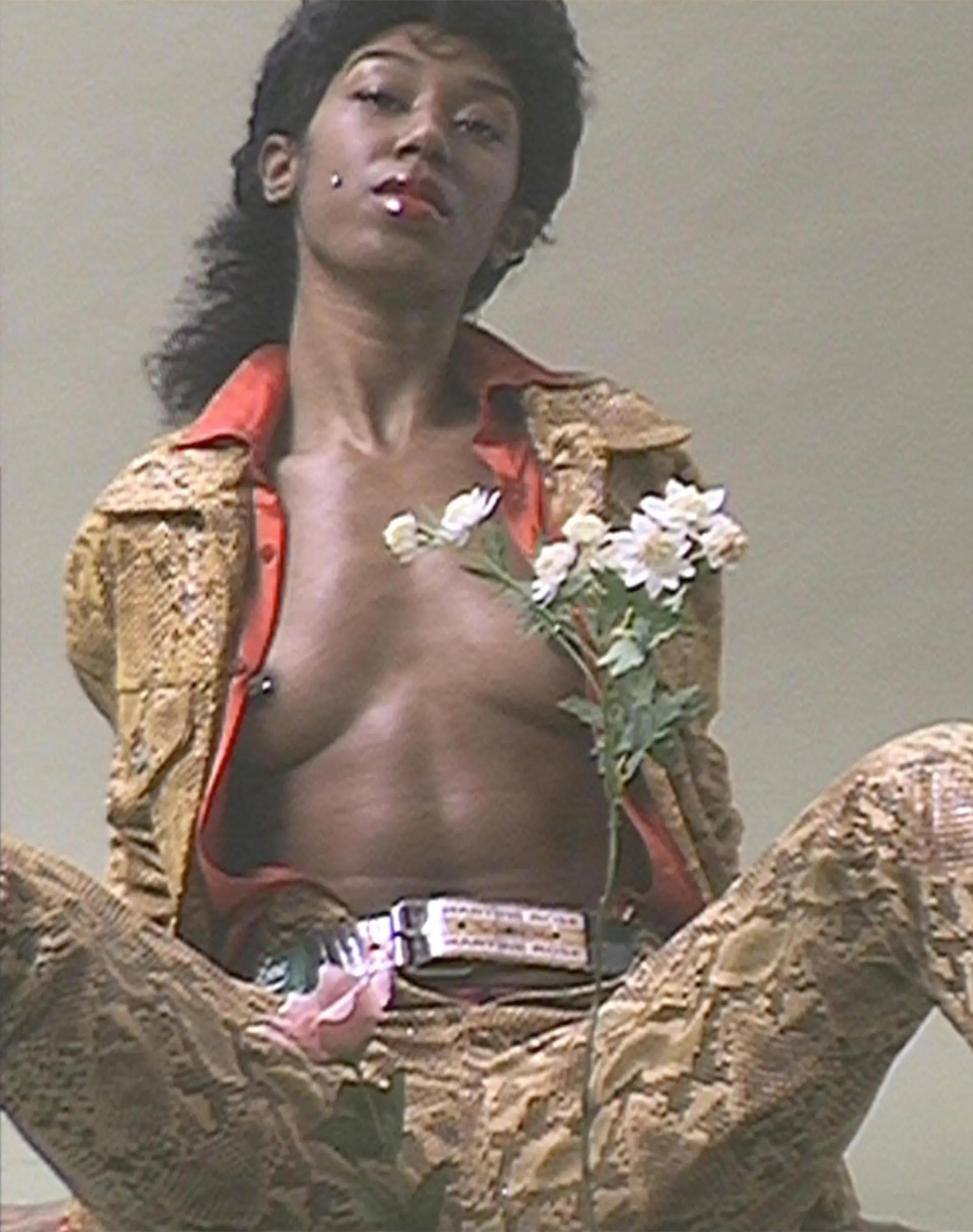
MARTINE ROSE in Three Acts
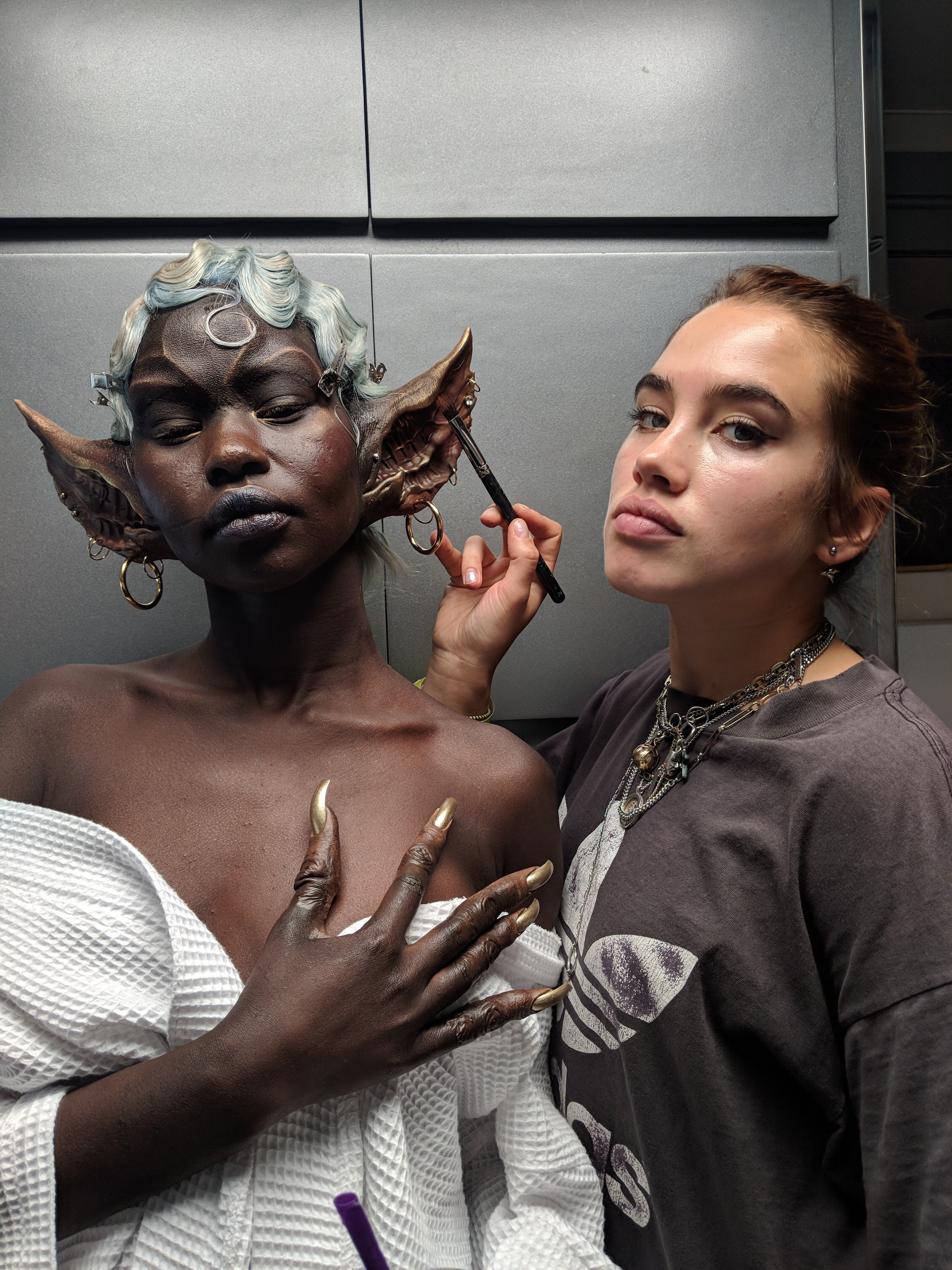
Brenda’s Business with ISAMAYA FFRENCH
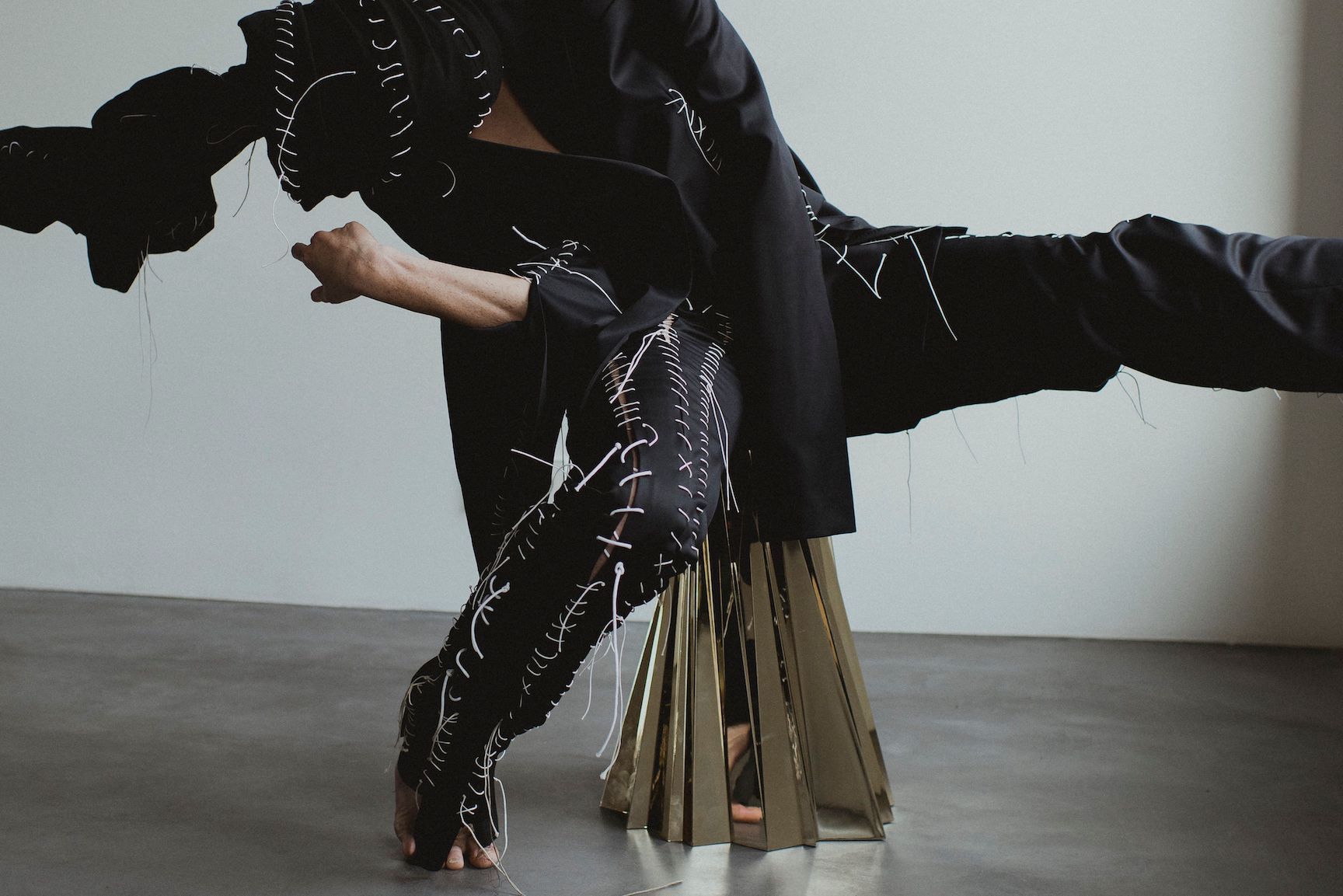
Slash’n’Lace: Welcome to the Couture of OTTOLINGER
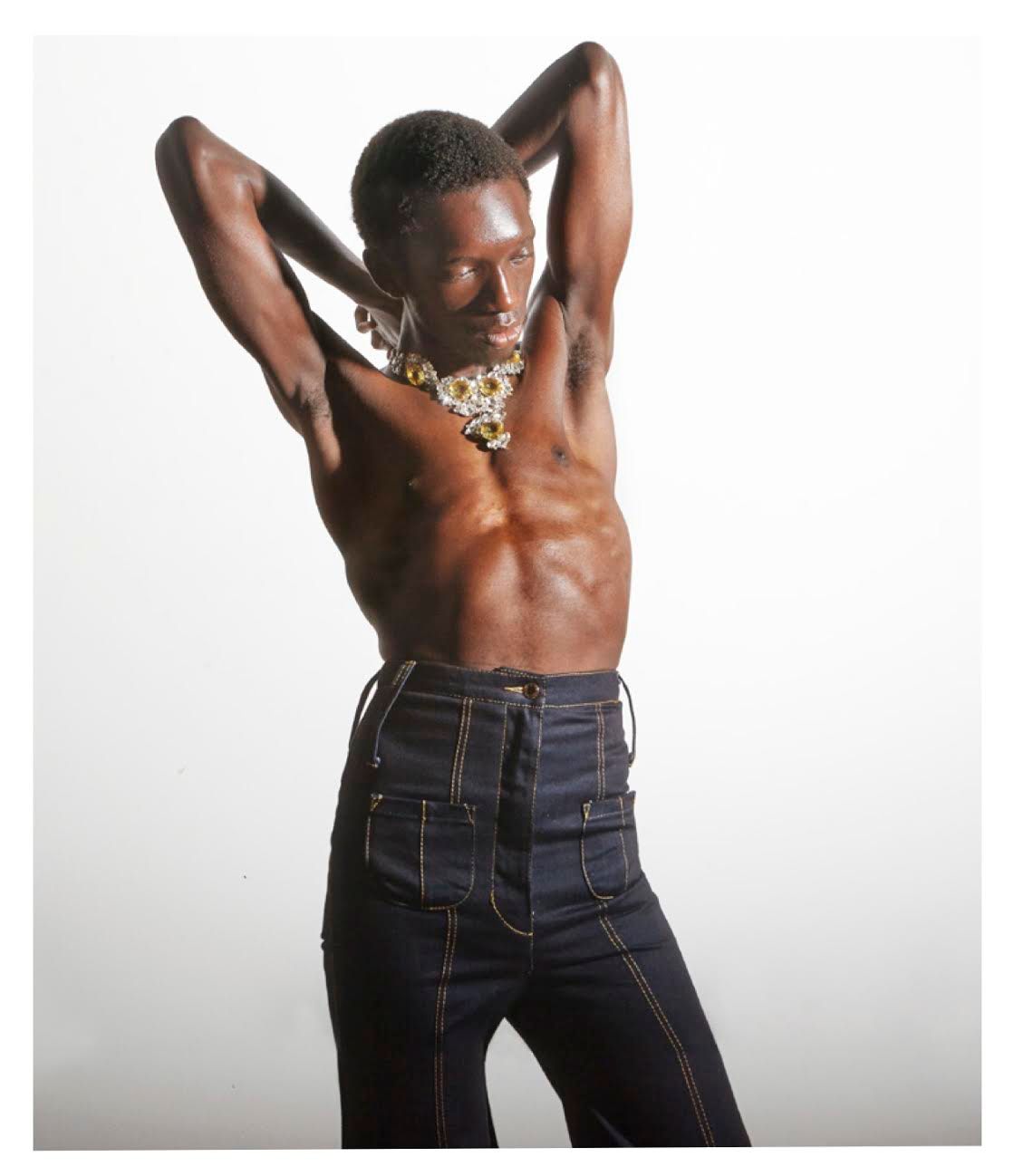
Menswear Metaphysics: GRACE WALES BONNER’s Bejeweled Visions
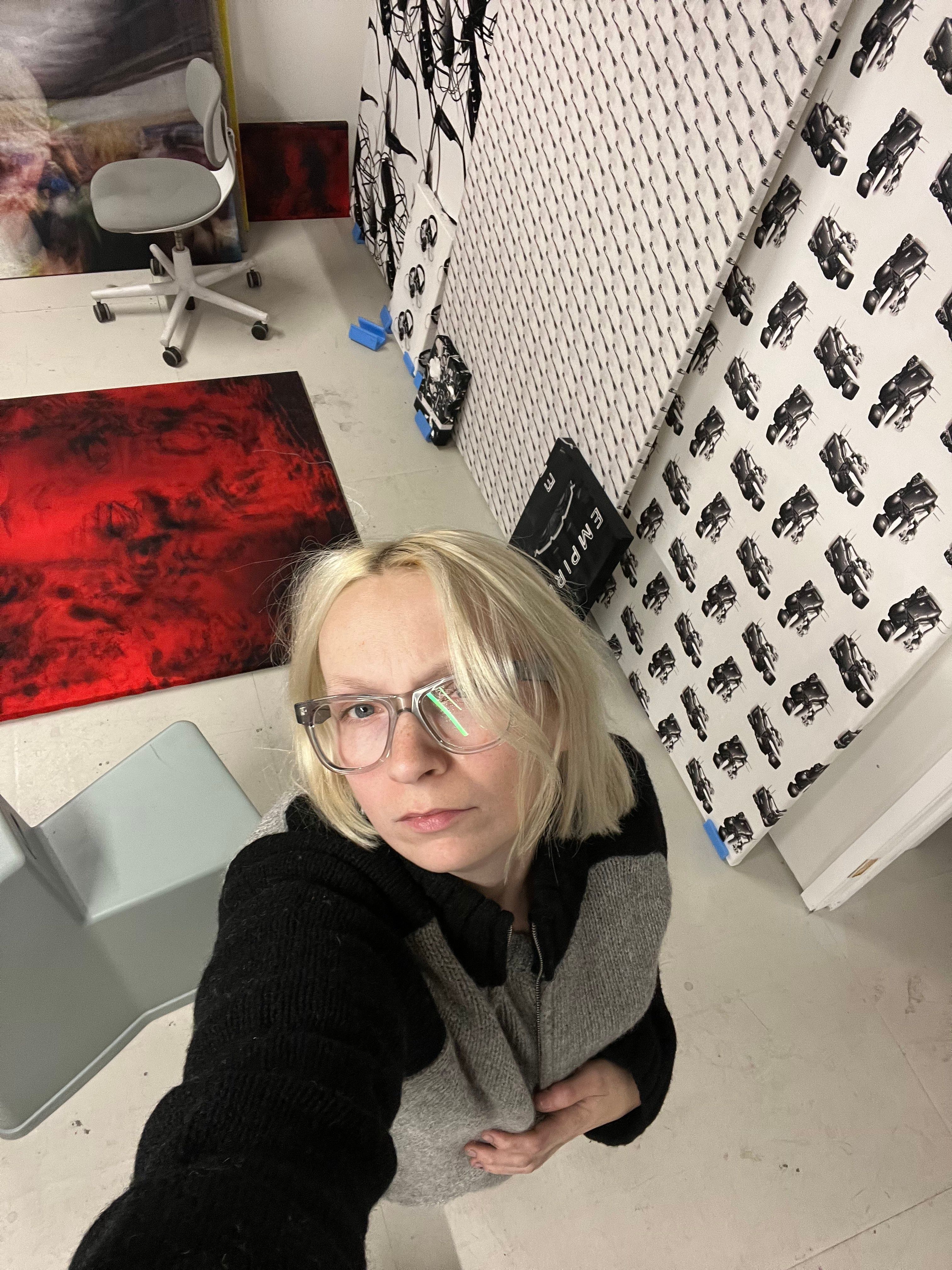
The New American Dream Is Sponsored by Meta: ANA VIKTORIA DZINIC
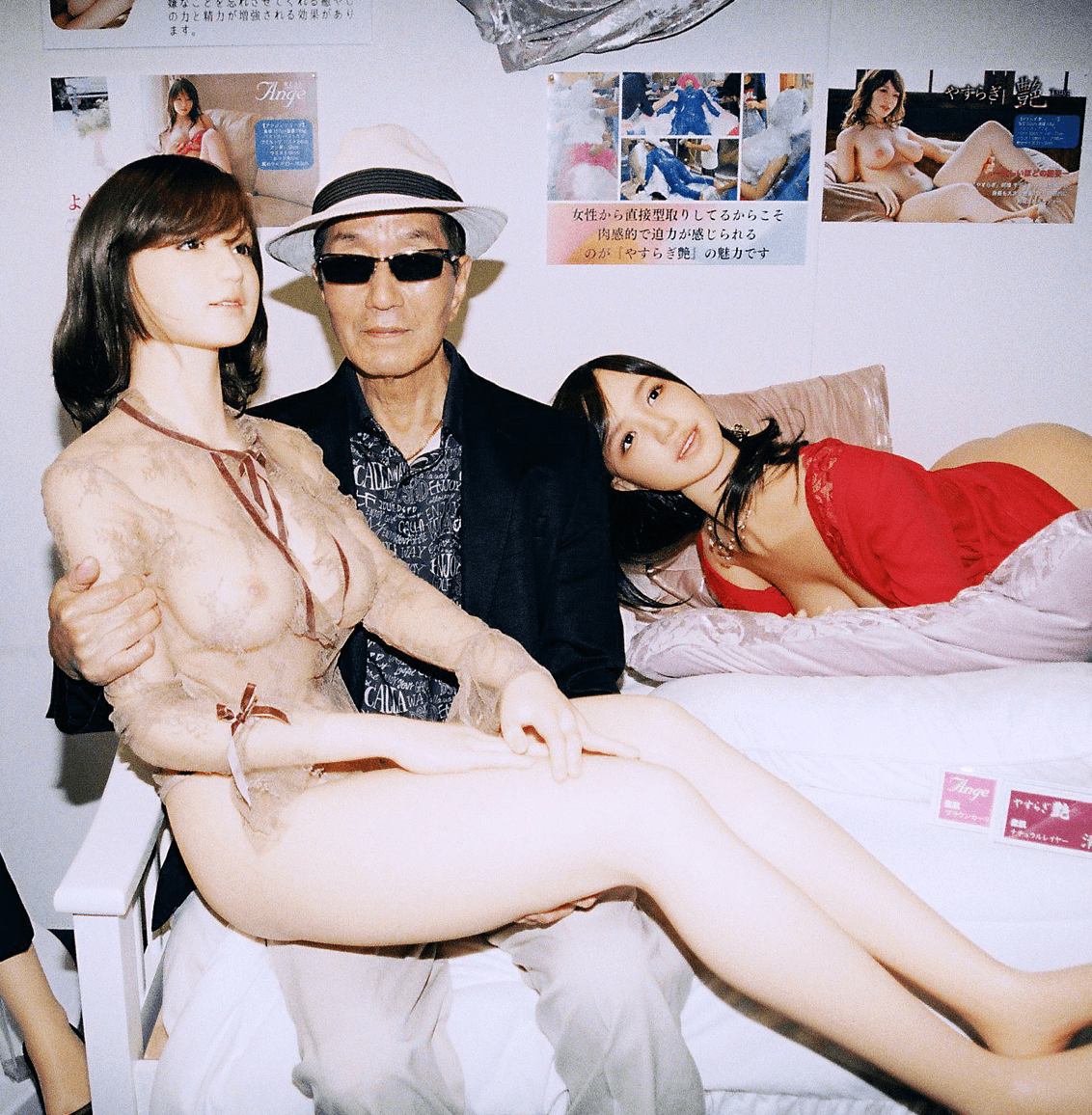
Fetish Nights in Tokyo: JOSHUA GORDON